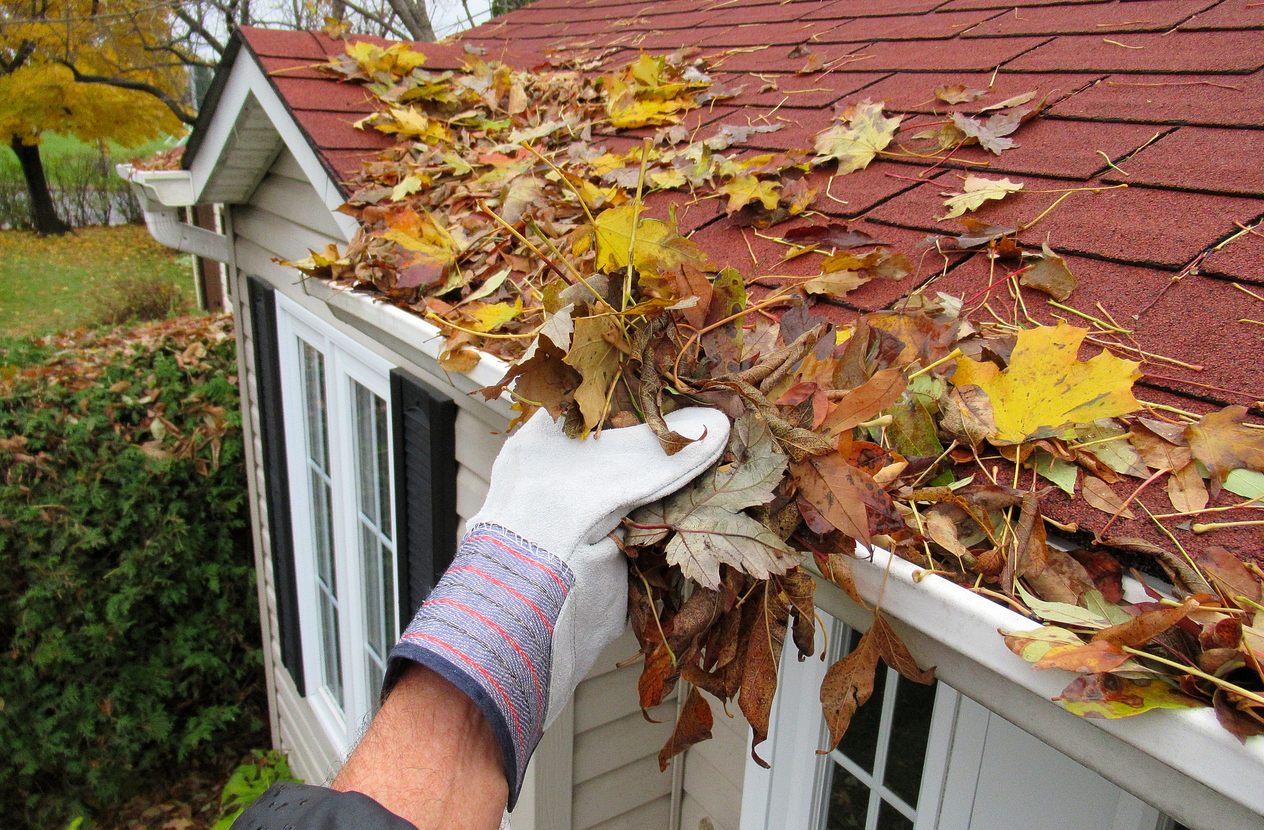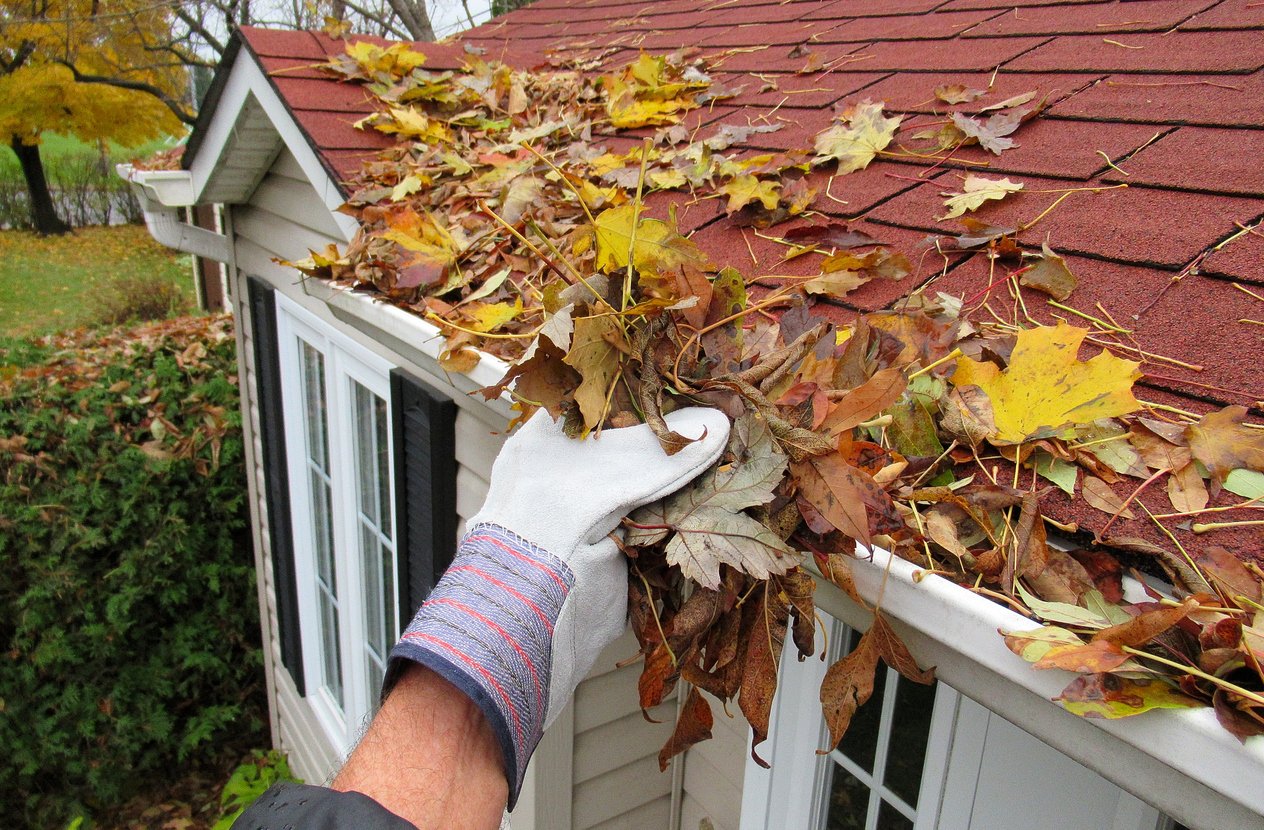

Insider
8 Tips For Fall Home Maintenance
For much of the country, fall is a time for change. The leaves turn, temperatures drop and many of us ditch t-shirts and shorts for turtlenecks. The same is true when it comes to h ousing maintenance. Not only is the fall an important time to check in on basic maintenance for the home, it’s also a great time to make changes around the house for a safer, more efficient winter.
ousing maintenance. Not only is the fall an important time to check in on basic maintenance for the home, it’s also a great time to make changes around the house for a safer, more efficient winter.
Prep Your Furnace
It’s critical to ensure you have the ability to heat your home as the weather turns colder, not only for the safety and comfort of the occupants, but for the viability of your home itself. No one wants to come home to frozen plumbing or busted pipes.
Consider hiring a professional to make sure your heating system is functioning well before the winter months arrive. Because the weather can be unpredictable, consider putting this close to the top of your fall home checklist. You’ll want to make sure your air filter is clean and replace it if necessary. If you have a humidifier, you may need to adjust it as the air gets cooler and drier. As a good rule of thumb, you want to maintain between 30% and 50% humidity in your home.
Check Your Fireplace
Who doesn’t love the crack of a warm fire on a cold night? For many, the fireplace is an incredibly important place in our homes. And whether yours is gas, or wood-burning proper maintenance is crucial.
You can start with a simple visual inspection of both interior and exterior, including the fireplace and the chimney itself. Staining, cracks and missing chimney bricks are all issues that could point to deeper problems. For wood-burning fireplaces, it is recommended to hire a professional to inspect your chimney and remove any potentially hazardous creosote build up.
If you have a gas fireplace, your job may be easier, but there’s still work to be done. Basic cleaning of your fireplace, like the removal of dirt and grime on glass inserts, and vacuuming of decorative logs, help to make it not only look better but operate better too. It’s always a good ides not to mess around with gas inside your home.
Inspect and Respect Your Windows
The first step to make sure your windows are ready for winter is to get up close and personal. Move your hand around the edge of the window frame, as well as the sash and rails. If you feel the rush of air on your hand, you’ve got leaking air. You can use caulk to fill gaps around the window frame, as well as weather stripping or foam sealant to fill larger gaps that could exist, especially in older homes where things may have shifted overtime. The US Department of Energy also recommends replacing single pane and even older double pane glass windows with newer, energy efficient models. It’s an expensive initial investment, but it can save hundreds of dollars on your energy bills each year.
Take A Walk Around Your Home
Are there cracks in the foundation, driveway or other areas outside? Are you missing any roofing tiles? Do you have big gaps in walkways or steps? We may live in our homes everyday, but you’d probably be surprised at how many things you can miss around the house. According to the International Association of Certified Inspectors, exterior issues, roofing issues and improper grading and draining outside the home all rank in the top 10 of the most commonly reported issues. These issues may be hard to spot inside the home, but can easily be seen outside and dealt with before they become a larger problem.
Yes, You Need To Clean Your Gutters
We know it’s a pain, but once you’re on the ladder, we promise it won’t be so bad. As we mentioned before, improper outdoor draining is one of the most commonly reported issues when it comes to home inspections. If your gutters are blocked it can lead to a whole world of problems, including water leaking in through your roof, basement, or into an unseen crawlspace.
Gutter guard products can help keep the problem to a minimum by covering your gutters with water-permeable materials, but you’ll still want to check in the fall to make sure they are flowing properly. Those big icicles that hang from a blocked gutter may look cool, but they can be at best problematic for your home and at worst dangerous to you and your guests this winter.
Winterize Exterior Plumbing
Detach and drain exterior water equipment, such as hoses and rain barrels, to prevent freezing. Seal gaps and cracks around exterior faucets to keep them well insulated. In all likelihood, you have water shut offs for each exterior faucet. You should close those faucets while keeping the faucet itself turned on to allow any excess water to leave the pipe and help prevent freezing.
Prep Your Winter Equipment
Repeat after us, “the time to check whether my snow blower is working is not the morning after I get 12 inches overnight.” Check all winter equipment before the start of snow and ice season to be sure everything is in working order. Make sure equipment like snow blowers are assembled, properly lubricated and working. If you have battery powered equipment, make sure batteries are charged and kept warm. Cold batteries will not perform as well.
Flip That Mystery Switch On Your Ceiling Fan
It might seem counterintuitive to turn a fan on to keep you warm in winter months, but they’re designed to do just that. During summer months, fans should turn counter clockwise and push air down creating cooling drafts of air. During the winter, you can flip a switch located on the center of the unit to reverse the direction of the blades. The clockwise spin creates updrafts that more evenly distribute warm air throughout the room. Voila!
Sources:
https://www.energy.gov/sites/default/files/2021-08/ES-EE%20Windows_081721.pdf

